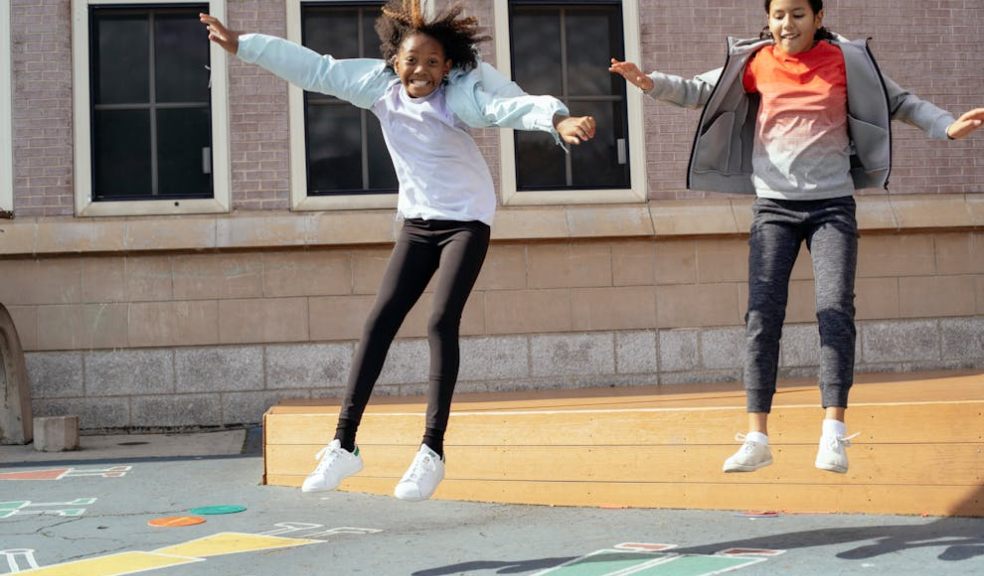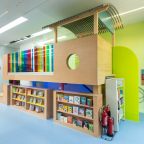
Creating an Inspiring Outdoor Space in Schools: The Value of a Canopy Area
Outdoor spaces in schools are vital for children's physical, emotional, and social development. They offer a refreshing change from the classroom environment and promote healthy play, exercise, and interaction. However, in regions where rain is frequent, outdoor activities can be limited by the weather. This is where installing a canopy area can make a significant difference, providing a sheltered space that allows children to enjoy the outdoors regardless of the weather.
The Importance of Outdoor Play in Education
Research consistently shows that outdoor play is crucial for the holistic development of children. It enhances their physical health, reduces stress, and improves cognitive functions. Being outside also fosters creativity and imagination, as children are free to explore and interact with the natural environment.
In a school setting, outdoor spaces serve as an extension of the classroom, where learning can take on a new, more experiential form. Whether it’s a science lesson about plants, a group reading session under the trees, or simply time for free play, these activities contribute to a well-rounded educational experience.
Challenges Posed by Inclement Weather
Despite the numerous benefits, outdoor activities can be hindered by unpredictable weather, especially in areas prone to rain. Many schools are forced to keep children indoors during wet weather, which can limit their physical activity and outdoor learning opportunities. This often results in children becoming restless, less focused, and deprived of the fresh air and natural light that are beneficial for their well-being.
The Solution: Installing a Canopy Area
A practical solution to overcoming weather-related barriers is the installation of a canopy area. A canopy provides shelter from rain while still allowing children to be outside, ensuring that the outdoor space remains usable throughout the year.
Canopy structures come in various designs and materials, ranging from simple metal frames with polycarbonate roofing to more elaborate designs with integrated seating and lighting. The choice depends on the school’s needs, budget, and the space available. Regardless of the design, a well-planned canopy area can become a central feature of the school’s outdoor environment. Partnering with companies like Shelter Solutions can help schools to create versatile outdoor areas with high-quality canopies and shaded spaces, ensuring their usability throughout the year.
Benefits of a Canopy Area
1. All-Weather Outdoor Play
The most obvious benefit is that a canopy allows children to play outside even when it’s raining. This ensures that outdoor playtime isn’t compromised by the weather, contributing to consistent physical activity.
2. Enhanced Learning Opportunities
A canopy area can be used for outdoor lessons, providing a change of scenery that can be stimulating and engaging for students. Teachers can use this space for a variety of subjects, from art to science, taking advantage of the natural surroundings while being protected from the elements.
3. Social Interaction and Well-being
Outdoor spaces under a canopy encourage social interaction among students. They can gather, talk, and play in a semi-open environment that’s more relaxed than the confines of a classroom. This can significantly enhance their social skills and overall well-being.
4. Aesthetic and Environmental Appeal
A well-designed canopy can enhance the aesthetic appeal of a school’s outdoor space, creating a welcoming environment. Furthermore, by promoting outdoor activities, it fosters a connection with nature, helping children to appreciate and respect the environment.
Designing the Perfect Canopy Space
When planning for a canopy area, schools should consider the size, location, and purpose of the space. The canopy should be large enough to accommodate groups of children yet integrated harmoniously with the existing landscape. Additionally, choosing sustainable materials and considering features like UV protection, durability, and ease of maintenance can make the canopy a long-lasting investment.
Conclusion
Creating an outdoor space with a canopy in a school is more than just a practical solution to rainy days. It represents a commitment to holistic education, where children can benefit from the outdoors regardless of the weather. By investing in a canopy area, schools can ensure that their students enjoy the many benefits of outdoor play and learning all year round, promoting their physical health, academic success, and emotional well-being.

















